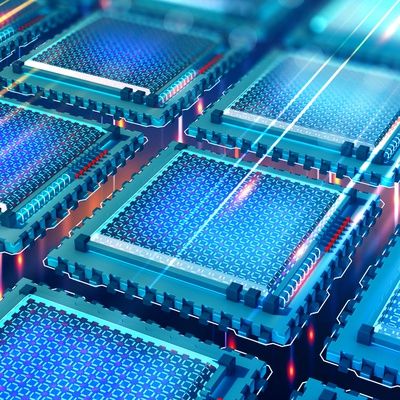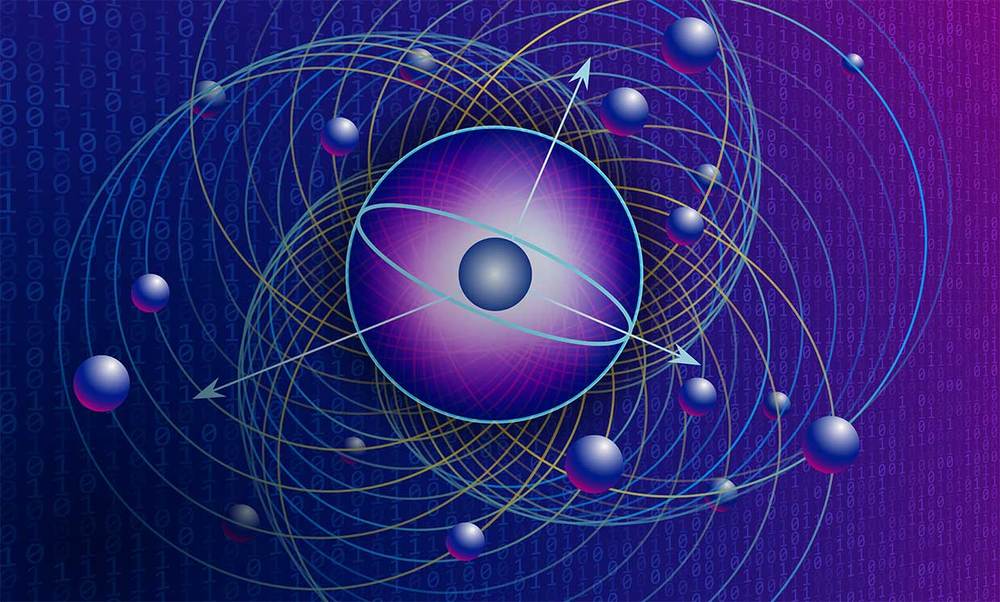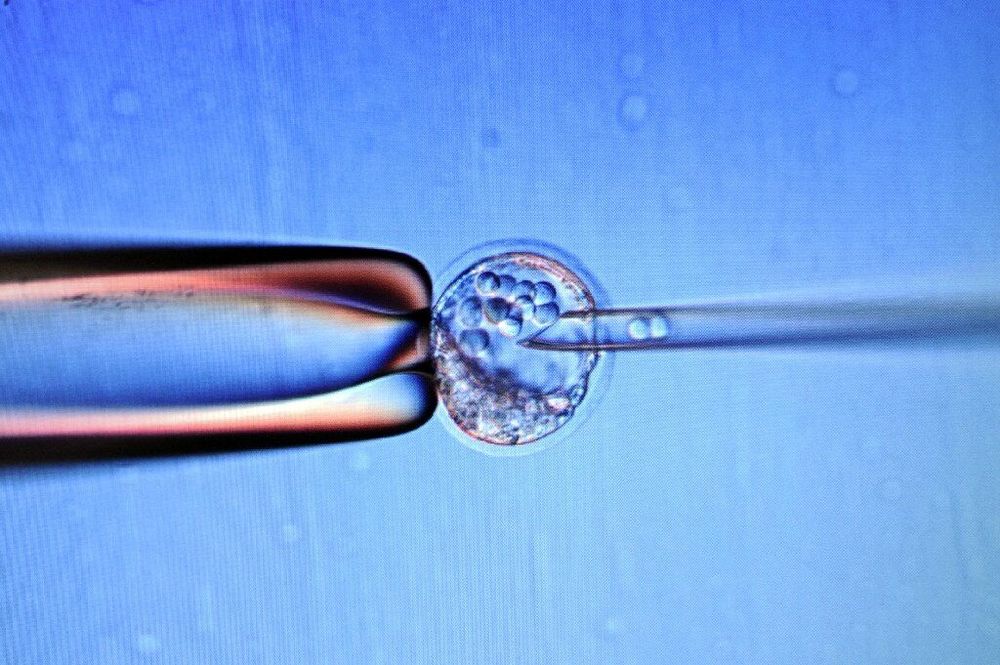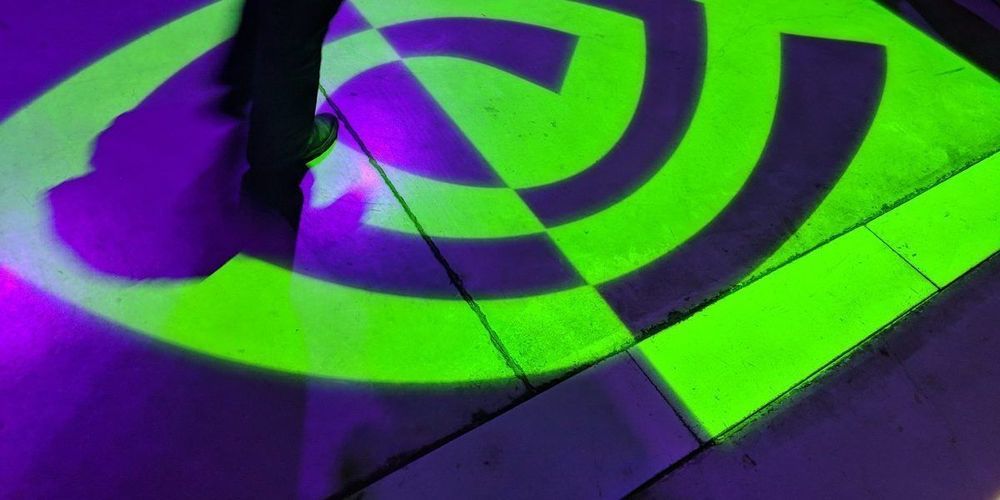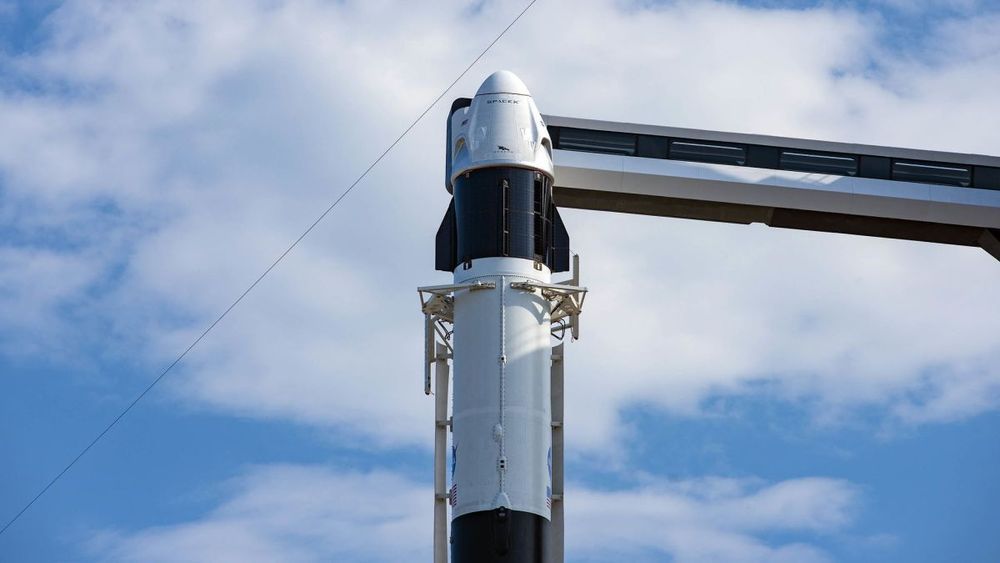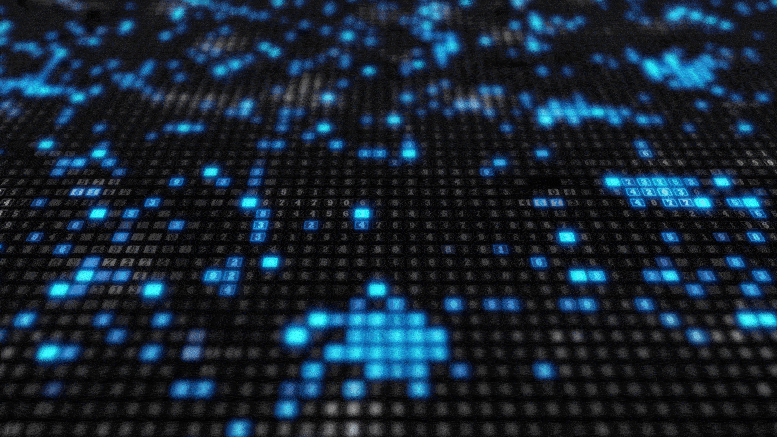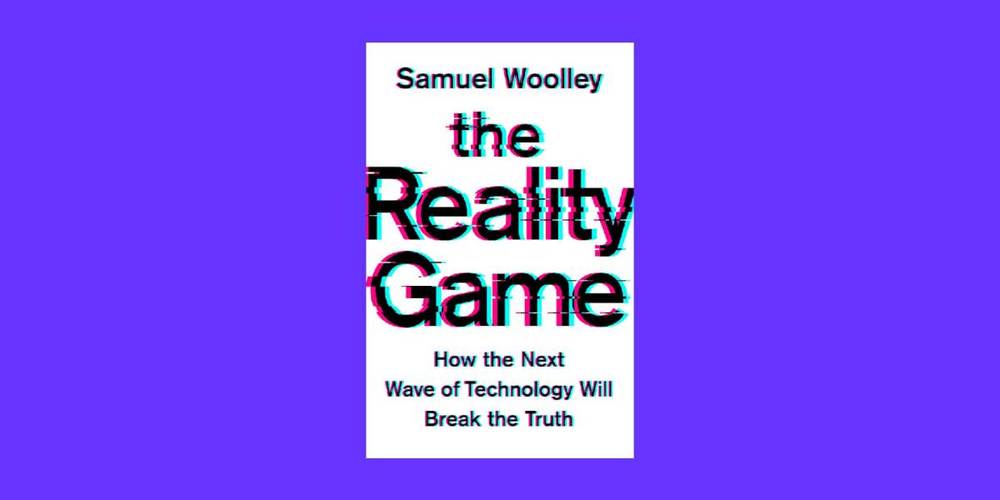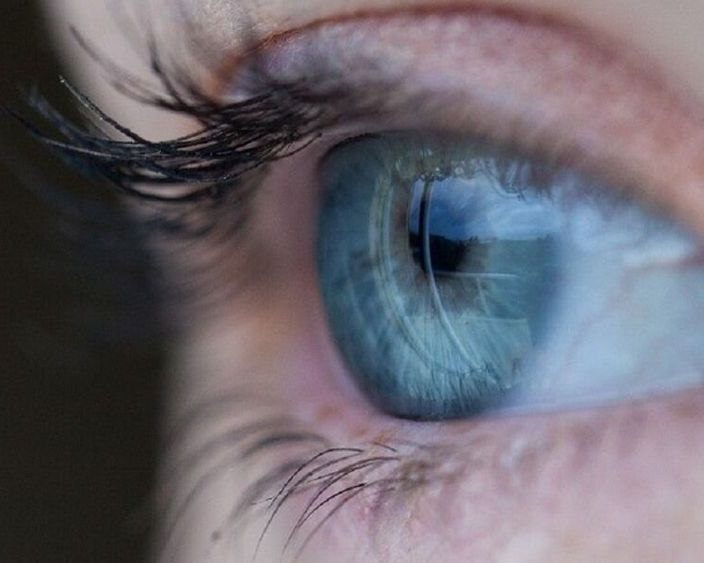If passed, the legislation would mandate Commerce to conduct four in-depth surveys.
Quantum technology is not a phrase discussed over kitchen tables in Australia, but perhaps it should be.
Australia’s quantum technology research has been breaking new ground for almost 30 years. Governments, universities and more recently multinationals have all invested in this research.
Quantum technology is set to transform electronics, communications, computation, sensing and other fields. In the process it can create new markets, new applications and new jobs in Australia.
Quantum computers theoretically can prove more powerful than any supercomputer, and now scientists calculate just what quantum computers need to attain such “quantum supremacy,” and whether or not Google achieved it with its claims last year.
Whereas classical computers switch transistors either on or off to symbolize data as ones or zeroes, quantum computers use quantum bits—qubits—that, because of the bizarre nature of quantum physics, can be in a state of superposition where they are both 1 and 0 simultaneously.
Superposition lets one qubit perform two calculations at once, and if two qubits are linked through a quantum effect known as entanglement, they can help perform 22 or four calculations simultaneously; three qubits, 23 or eight calculations; and so on. In principle, a quantum computer with 300 qubits could perform more calculations in an instant than there are atoms in the visible universe.
Doctors in Japan have successfully transplanted liver cells derived from embryonic stem cells into a newborn baby, in a world first that could provide new treatment options for infants.
The newborn was suffering from urea cycle disorder, where the liver is not capable of breaking down toxic ammonia.
But the six-day-old was too small to undergo a liver transplant, generally not considered safe until a child weighs around six kilogrammes (13 pounds) at around three to five months old.
Nvidia researchers created an AI system that can synthesize video games simply by watching videos of other games, as well as actions taken in those games.
There was also no noticeable advantage for patients that took the drug paired with azithromycin, according to hotly anticipated research.
SpaceX remains on target to launch its landmark Demo-2 mission to the space station this week, NASA officials said.
Error suppression opens pathway to universal quantum computing.
A scientist at the University of Sydney has achieved what one quantum industry insider has described as “something that many researchers thought was impossible.”
Dr. Benjamin Brown from the School of Physics has developed a type of error-correcting code for quantum computers that will free up more hardware to do useful calculations. It also provides an approach that will allow companies like Google and IBM to design better quantum microchips.
Any time you log on to Twitter and look at a popular post, you’re likely to find bot accounts liking or commenting on it. Clicking through and you can see they’ve tweeted many times, often in a short time span. Sometimes their posts are selling junk or spreading digital viruses. Other accounts, especially the bots that post garbled vitriol in response to particular news articles or official statements, are entirely political.
It’s easy to assume this entire phenomenon is powered by advanced computer science. Indeed, I’ve talked to many people who think machine learning algorithms driven by machine learning or artificial intelligence are giving political bots the ability to learn from their surroundings and interact with people in a sophisticated way.
During events in which researchers now believe political bots and disinformation played a key role—the Brexit referendum, the Trump-Clinton contest in 2016, the Crimea crisis—there is a widespread belief that smart AI tools allowed computers to pose as humans and help manipulate the public conversation.
Good news.
In a paper published last week in Nature, though, researchers from Hong Kong University of Science and Technology devised a way to build photosensors directly into a hemispherical artificial retina. This enabled them to create a device that can mimic the wide field of view, responsiveness, and resolution of the human eye.
“The structural mimicry of Gu and colleagues’ artificial eye is certainly impressive, but what makes it truly stand out from previously reported devices is that many of its sensory capabilities compare favorably with those of its natural counterpart,” writes Hongrui Jiang, an engineer at the University of Wisconsin Madison, in a perspective in Nature.
Key to the breakthrough was an ingenious way of implanting photosensors into a dome-shaped artificial retina. The team created a hemisphere of aluminum oxide peppered with densely-packed nanoscale pores. They then used vapor deposition to grow nanowires inside these pores made from perovskite, a type of photosensitive compound used in solar cells.
